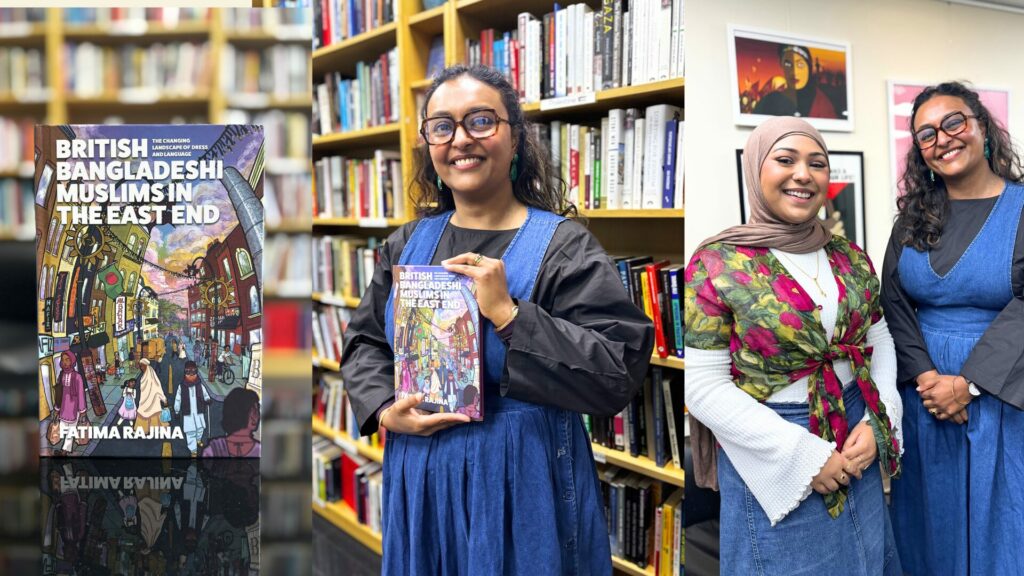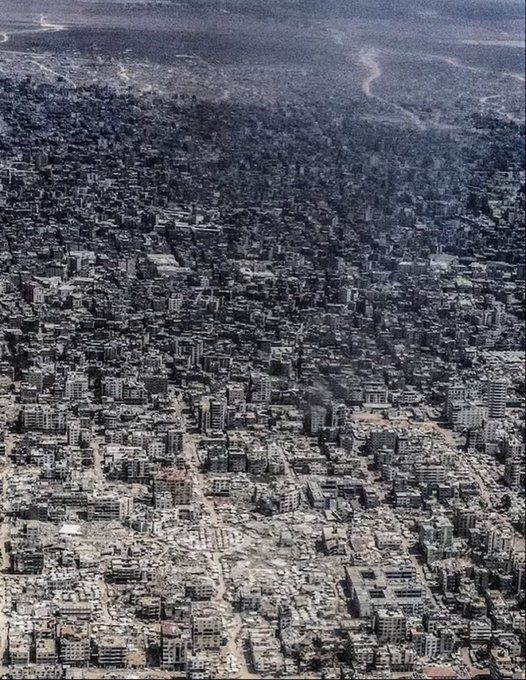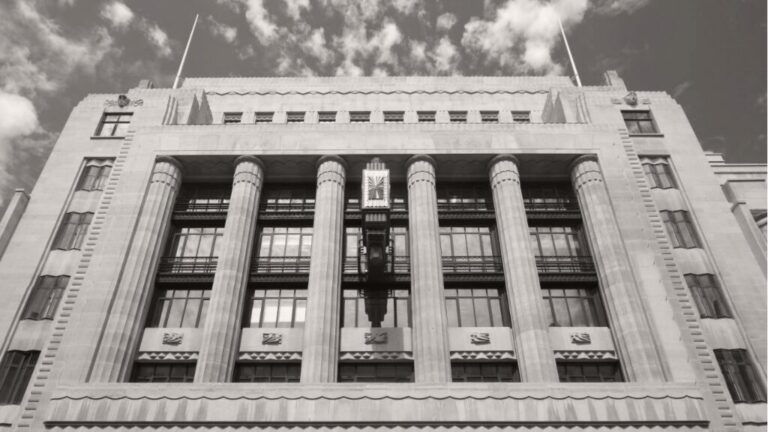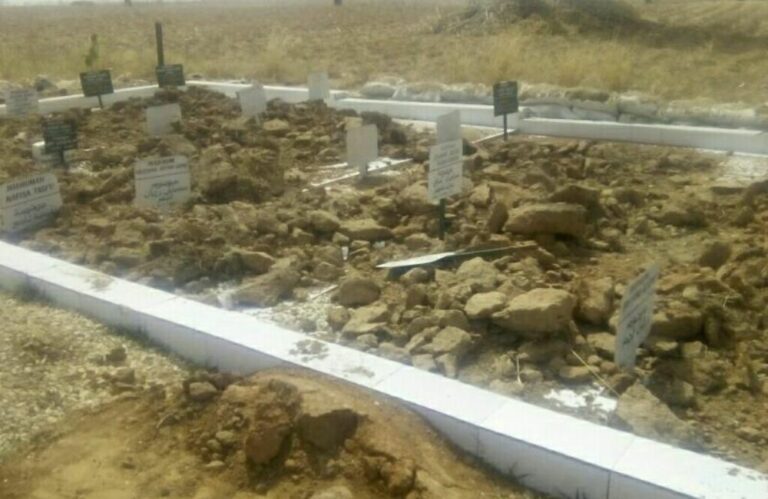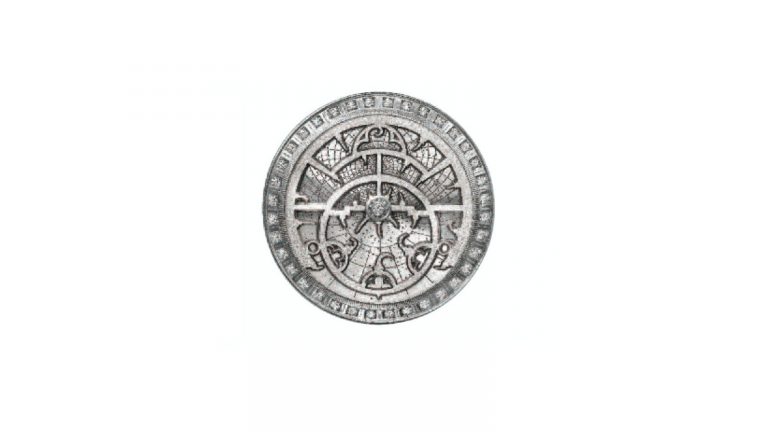On Friday, 14 February, IHRC hosted an author evening with Dr. Fatima Rajina, a friend and past panellist at the 2019 Islamophobia Conference, to discuss her recent publication, British Bangladeshi Muslims in the East End: The changing landscape of dress and language. This discussion was chaired by Anika Wadood.
Watch the full conversation:
The discussion has been edited for better readability.
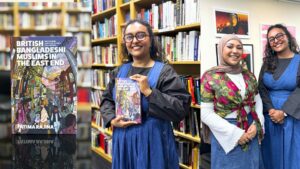
The interview commenced with Dr Fatima reading an excerpt from her book about
Anika: When did you think that transition happened, from fearing that they [Bangladeshi immigrants] would be sent back [to Bangladesh] to them believing that the east end is our home?
Dr Fatima: I think there were a lot of things that were happening, so when Bengalis arrived… I want to clarify just before those joining online, I will be using Bengali/Bangladeshi interchangeably because that tends to be the case. So, multiple things happened; Bangladeshis came with the intention of returning, making as much money, returning, building their homes, properties, whether it was in, usually it was within the Sylhet City or in their villages, expanding land; buying more plots of land, and also investing through cattle as well. But, when they arrived, they settled in, they were doing a lot of blue collar jobs in a lot of factories, up and down the country.
Obviously why they were here [in the UK], the liberation war kicked off because Bangladesh pre-1971 was known as East Pakistan and a lot of tension was rising so people, a lot of the men in particular, it was mostly men who came first and then decided it wasn’t safe to go back. What we witnessed in the late 60s particularly if you look at 1968 with the famous speech by Enoch Powell “Rivers of Blood”, where he says, one of the famous lines in the speech is, “There will come a day in Britain where the black man has a whip over the white man”. He then goes on to critique the Sikh community; he was an MP in Wolverhampton where there was a big Sikh community, so lot of tension was building up in Britain.
For Bangladeshis, tensions were building up in Bangladesh. There was talks of potential war and we saw the election happen with Mujibur Rahman winning but not being given the right to become the leader of the two wings of Pakistan. Another thing that was happening around Britain was that there was a lot of anxiety around what was happening to East African Asians. This is why there was a push in 1971 for the Immigration Act because British politicians didn’t want a lot of East African Asians to come. If you look at the history, particularly in Leicester where I teach, Leicester Mercury had a front page, or one of their pages, that said basically to theEast African Asians, “Don’t come here”, because a lot of Asians wanted to come to Leicester, hence why Leicester today is home to one of the biggest East African communities.
So, all these things were happening and that’s when a lot of the Bangladeshis who were already here were realising “we need to support the war efforts, but we also need to bring the women over because it’s no longer safe.” By late 60s and moreso in the 70s, more Bangladeshi women started arriving and they [brought] their sisters, their mothers and when they settled, I guess it was still there, in the back of their minds, that they we’re going to return, and this is what, in academic literature is referred to as the “myth of return”. Because obviously they never returned, it became a myth. They bought the women over, they settled and the 70s was a brutal decade for South Asians Bangladeshis in the East End because of all the racism they were facing, Paki bashing started happening. All the people I’ve interviewed have said that there was still the hope that they were going to go back but, they never did. One of the research projects I did after my PhD, this was just leading up to the Brexit vote and after the Brexit vote, and what we found was a lot of young Bangladeshis who were in their twenties [that] I interviewed with their parents, they kept saying you know “our parents kept telling us, one day they will kick us out, one day we will have to leave this country…”.
Anika: That’s what I grew up hearing too.
Dr Fatima: Yes, and what these young people then said is, “our parents have properties back home that are usually locked up for the whole year or opened up when we go back for the summer holidays. We’re going to try and reinvest more time and money in to those properties and for plots of land for families because they were scared that it was coming to fruition this particular idea that we’re going back”.
I actually co-authored a paper with a colleague of mine from UCL, Dr Victoria Radleft, and we found that [this thinking] was seen as a Plan B by the families or the younger generation, but why they stayed is not really a questioned I asked as part of my research, it just became part of the natural order of things. When the women were bought over, they settled, and they brought their children when they were very young or started having children in the UK and obviously now, if you look into the Bangladeshi community, people are in to their fourth, fifth generation, some even their sixth if their families came very early on in the 1910s or 1920s. I think there’s a long history there and I think a lot of families ended up staying because it was just inevitable.
Anika: There’s such a vibrant community in Brick Lane, in Whitechapel and Green Street and I’m really glad that it is there; like you said this whole fear of the older generation telling the kids that we may get sent back, we may get sent back… I am seeing it for myself with the younger generation reinvesting back in their land; it is really nice to see again our generation going back to our roots. You mentioned the Paki-bashing: what were your thoughts on the parallels (between the Paki-bashing era and the riots in the summer of 2024)?
Dr Fatima: The 70s were just so incredibly violent. The racism that people were experiencing; if you look at some of the documentaries available at the British Film Institute, [such as] ‘Defending a Way of Life’ (1980) and ‘A Safe Place To Be’ (1980), they capture Bangladeshi families, how they used to lived and what they found was young Bangladeshi men at the time had to create almost these vigilante groups, with their cricket bats and hockey bats, as a way to protect their communities because they were not getting the protection from the police. The police are not really designed to protect the working class; it was there to, and still is, to harass black and Asian communities.
If we look at last year’s riots, I think what’s quite striking was that the bulk of it was in Northern cities and towns in the UK. Not that it hasn’t happened before in Northern towns and cities, but it was something quite exceptional because with the 2011 riots, again, depending on your political leanings, some would argue those were uprisings rather than riots. But the riots last summer; I think for a lot of people, it bought back a lot of ugly memories. It was the visceral violence of it all, it was being televised live through Tik Tok and Instagram. I will never forget this one video of groups of white boys, as young as 6-7 years old, rushing through this road in Middlesborough, shouting, “Where are the Pakis?”. This was in Middlesborough and I can’t imagine for those who went through that. I’m a child of the 90s right; the 90s is celebrated as the decade of multiculturalism, even though there were racial issues during that decade. I can’t imagine for people who witnessed the racism in the 70s and 80s, and then those of us who, perhaps got a little bit complacent and comfortable, particularly because a lot of race conversations are always centred around London, it was really a reality check for people, that there were Muslims across the country who live in these small towns. The numbers are not there because when the rioters were claiming they were going to come to Walthamstow, an estimated 10,000 people turned up.
Anika and Dr Fatima also discuss the history and changes in cultural clothing among South Asians and Arabs, and what is deemed Islamic and ‘unIslamic’ in both men’s and women’s clothing and modesty. Dr Fatima mentioned she has curated an exhibition at Oxford House in Bethnal Green, called Jummah Aesthetics, which features the work of photographer Rehan Jamil. Jamil has captured what Muslim men attending Jummah at Shoreditch Masjid, East London Mosque, Brick Lane Jamme Mosque and Al Huddah Mosque chose to wear to Jummah. The exhibition showcases a rich array of styles, from traditional garments such as the thobe, funjabi, and shalwar kameez to contemporary attire that reflects the fusion of cultural heritage and city identity. This exhibition is open until 28 February.

